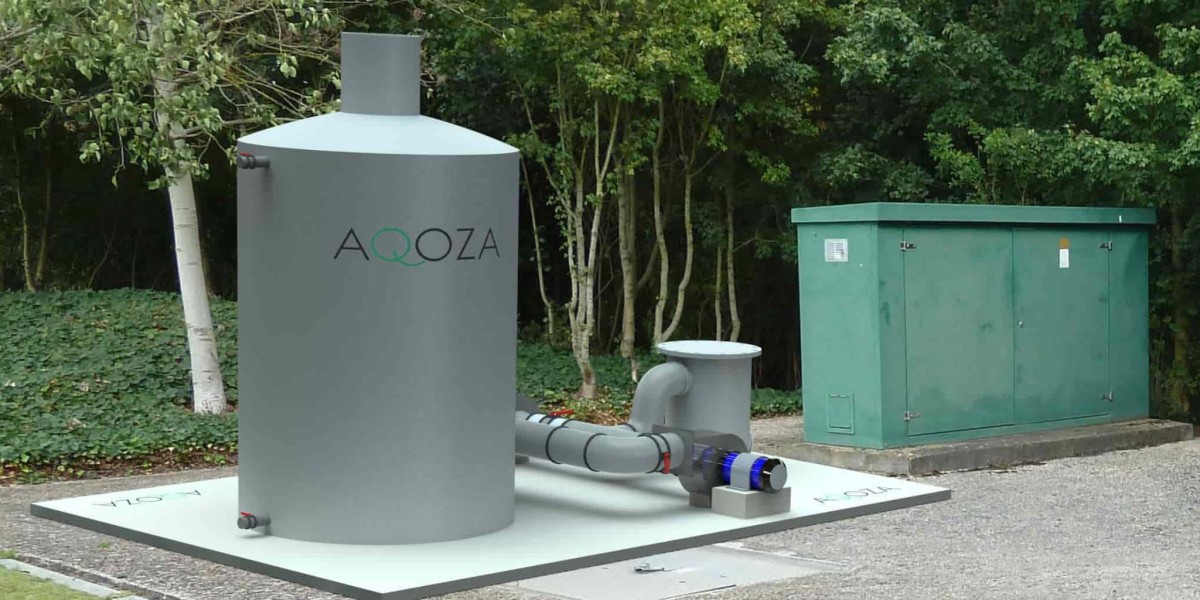Managing odours in wastewater treatment is a vital concern for facilities worldwide. Not only can unpleasant smells disrupt the lives of nearby residents, but they can also lead to regulatory challenges. In this blog, we’ll delve into wastewater odour control equipment and effective strategies for wastewater treatment plant odour control, highlighting the importance of both in creating a sustainable and community-friendly environment.
Understanding the Importance of Odour Control
Odours in wastewater treatment arise mainly from decomposing organic matter and the biological processes involved in treatment. Compounds like hydrogen sulfide and ammonia are commonly responsible for these unpleasant smells. Effective odour control is essential to maintain compliance with environmental regulations and to ensure community satisfaction.
Wastewater Odour Control Equipment
Investing in the right wastewater odour control equipment is crucial for effective management. Here are some key technologies that can help mitigate odours:
- Activated Carbon Adsorbers
Activated carbon adsorbers are a popular choice for their efficiency in capturing odorous gases. As air flows through a bed of activated carbon, odorous compounds adhere to the carbon's surface, significantly reducing their presence in the air. This method is particularly effective for treating low to moderate flow rates of odorous air.
- Biofilters
Biofilters employ microorganisms to break down odorous compounds naturally. Air is passed through a medium that supports microbial growth, allowing the bacteria to digest the odorous substances. This eco-friendly approach not only eliminates odours but can also reduce harmful volatile organic compounds (VOCs).
- Chemical Scrubbers
Chemical scrubbers are designed to neutralize odorous gases through chemical reactions. By passing odorous air through a liquid solution, specific chemicals react with and eliminate the undesirable compounds. This method is particularly effective for strong odours and high-flow situations.
- Ozone Generators
Ozone generators create ozone, a powerful oxidizing agent that can effectively degrade odorous compounds. When introduced into the air stream, ozone reacts with odorous substances, breaking them down. However, careful management is essential due to ozone’s potential health risks.
- Ultraviolet (UV) Light Systems
UV light systems utilize ultraviolet radiation to break down odorous compounds. This technology is gaining traction due to its low chemical usage and effectiveness in reducing both odours and VOCs, making it an attractive option for modern wastewater treatment plants.
Wastewater Treatment Plant Odour Control Strategies
In addition to the right equipment, implementing comprehensive odour control strategies is crucial for effective management. Here are some best practices for wastewater treatment plant odour control:
- Routine Maintenance and Monitoring
Regular maintenance of odour control equipment and continuous monitoring of odour levels are essential. By ensuring that systems are operating efficiently and addressing issues promptly, facilities can prevent odour problems from worsening.
- Process Optimization
Optimizing treatment processes, such as adjusting aeration rates in biological treatment, can help minimize odour production. Proper balance of microorganisms and careful control of operational parameters are key to effective odour management.
- Covering Tanks and Channels
Covering open tanks and channels can effectively contain odours, preventing them from escaping into the atmosphere. Enclosures allow for better management of odour control equipment and improve overall air quality around the facility.
- Community Engagement
Open communication with the community is vital. Informing residents about odour control measures and addressing their concerns fosters trust and understanding, helping to alleviate complaints and maintain positive relations.
Conclusion
Wastewater odour control is a multifaceted challenge that requires the right equipment and effective strategies. By investing in wastewater odour control equipment and implementing comprehensive wastewater treatment plant odour control practices, facilities can significantly reduce odour emissions. This not only enhances compliance with environmental regulations but also contributes to community well-being.
As technology continues to advance, the future of odour control in wastewater treatment looks promising, paving the way for cleaner, more efficient solutions. Prioritizing odour management is essential for creating sustainable wastewater treatment practices that benefit both the environment and local communities.








